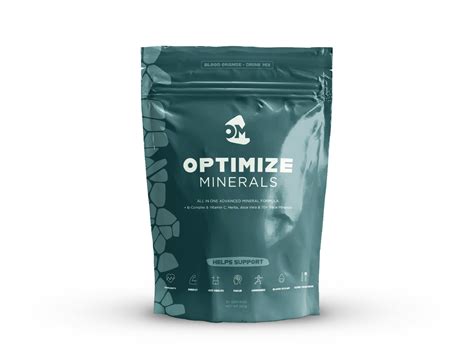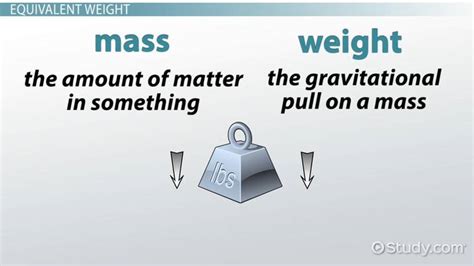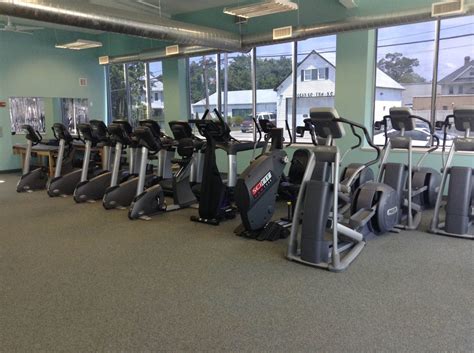How to optimize progressive overload for peak strength gains & performance?

Unlocking Your Strength Potential with Progressive Overload
Progressive overload is the fundamental principle driving strength gains and muscle growth. Simply put, it means continually increasing the demands placed on your muscles over time. Without progressively challenging your body, it has no reason to adapt, grow stronger, or become more efficient. But how do you optimize this crucial principle for peak performance?

The Core Methods of Progressive Overload
While often associated solely with lifting heavier weights, progressive overload encompasses various strategies. Understanding and strategically implementing these methods is key to continuous, sustainable progress.
- Increase the Weight: This is the most straightforward and commonly understood method. Once you can comfortably complete your target reps with a given weight, try increasing the load slightly.
- Increase Repetitions: If increasing weight isn’t feasible or desired for a particular exercise, try adding more reps to your sets. More reps with the same weight increase the total volume and time under tension.
- Increase Sets: Adding an extra set to an exercise increases your total work volume, providing a greater stimulus for growth and strength.
- Decrease Rest Time: By shortening the rest periods between sets, you increase the density of your workout, challenging your cardiovascular system and muscular endurance.

Advanced Progressive Overload Techniques
Beyond the basics, several other techniques can be employed to continue challenging your body.
- Improve Form or Range of Motion: Performing an exercise with stricter form, a fuller range of motion, or controlling the eccentric (lowering) phase more effectively makes the movement harder and more beneficial.
- Increase Frequency: If your recovery allows, training a muscle group more often throughout the week can increase total work volume and accelerate adaptation.
- Increase Time Under Tension (Tempo): Manipulating the speed of each rep (e.g., slower eccentric, pause at the bottom) can increase the time your muscles are under load, promoting hypertrophy.
- Increase Workout Density: Completing the same amount of work in less time, or more work in the same amount of time, is a powerful form of progression.

Programming for Sustainable Gains
Optimizing progressive overload isn’t just about applying more stress; it’s about applying the right amount of stress at the right time. This is where smart programming and periodization come into play.
Periodization: Structure your training into blocks, cycling through periods of higher volume/lower intensity and lower volume/higher intensity. This helps manage fatigue, prevents plateaus, and reduces the risk of injury. For example, a mesocycle might focus on hypertrophy for 4-6 weeks, followed by a strength-focused block, and then a deload.
Track Everything: Maintain a workout log (physical or digital). Record the exercises, weights, reps, sets, rest times, and even how you felt. This data is invaluable for identifying trends, planning future progressions, and recognizing when to back off.
Listen to Your Body: While progressive overload is crucial, it must be balanced with adequate recovery. Overtraining can lead to fatigue, decreased performance, and increased injury risk. Incorporate deload weeks, prioritize sleep, and ensure proper nutrition.

Avoiding Common Progressive Overload Pitfalls
Many lifters fall into traps that hinder their progress:
- Ego Lifting: Sacrificing form for heavier weight is counterproductive and dangerous. Focus on quality over quantity.
- Lack of Tracking: Without a log, progress becomes haphazard and difficult to manage.
- Ignoring Recovery: Pushing hard without sufficient rest and nutrition negates the benefits of progressive overload.
- Plateau Panic: It’s normal to hit plateaus. Instead of getting frustrated, use them as an opportunity to adjust your strategy (e.g., try a different overload method, change exercises, or implement a deload).

Conclusion
Progressive overload is not just a concept; it’s the lifestyle of anyone serious about long-term strength and performance improvements. By understanding its multifaceted nature and consistently applying its principles through smart programming, meticulous tracking, and diligent recovery, you can continually challenge your body, break through plateaus, and unlock your true strength potential. Consistency, patience, and intelligent application are your greatest allies on this journey.









